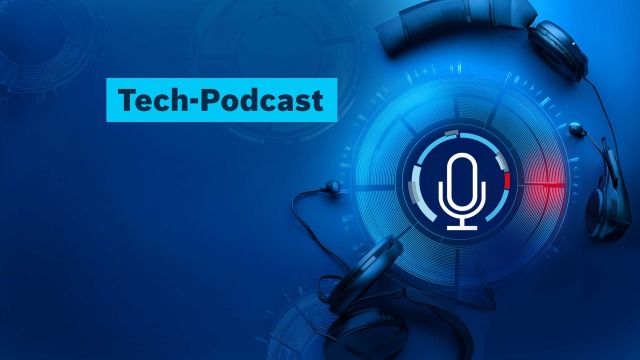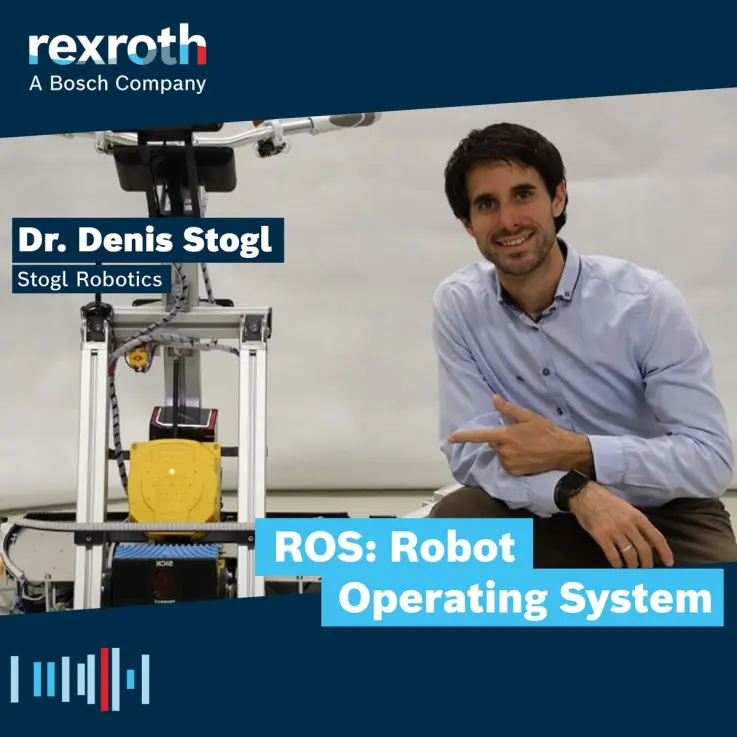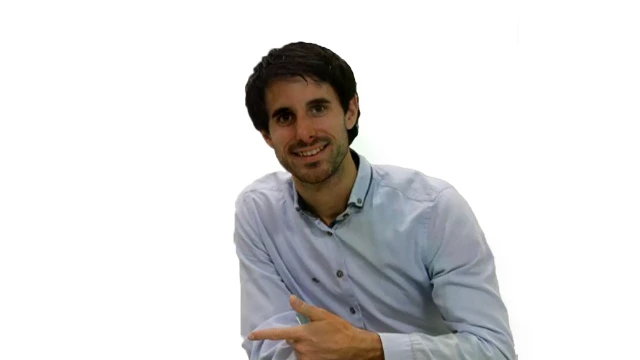



The world of automation is changing rapidly, driven by the need for efficiency, sustainability and the integration of new technologies. A technology that originally began as an academic experiment is playing a central role in this: the Robot Operating System (ROS). What makes ROS so special, and why is it increasingly gaining acceptance in an industry that traditionally relies on closed, proprietary systems?
ROS is not an operating system in the traditional sense, but a software framework that focuses on modularity and standardization. Originally developed for academic purposes, ROS has developed into a platform that attracts not only universities, but also start-ups and increasingly established industrial giants such as Bosch Rexroth and Yaskawa.
The heart of ROS lies in its open architecture: developers can use ready-made libraries and standardized data streams to create robot applications without having to reinvent the wheel every time. A camera from manufacturer A can easily be replaced by a model from manufacturer B without having to rewrite the entire code. This flexibility makes ROS particularly attractive - especially for companies that need to react agilely to market requirements.

The transition to open systems such as ROS marks a cultural change in automation. For years, the maxim was: whoever has control over their code has the power. However, in a globalized, digital world, it is clear that closed systems often become a brake on innovation. Companies such as Bosch Rexroth now rely on hybrid approaches in which open source components such as ROS are seamlessly integrated into proprietary control systems. This not only saves time and resources, but also creates independence from individual manufacturers.
A practical example: Whereas it used to take weeks to transfer a robot controller from manufacturer X to a system from manufacturer Y, Ross experts are now talking about just a few days. This is due to the universal usability of the standardized interfaces and the open communication protocols such as DDS, which ROS 2 supports.
Of course, working with open source technologies also brings challenges. ROS requires a steep learning curve, and not every functionality is available “out of the box”. In addition, the further development of ROS is strongly supported by a global community that often works on a voluntary basis. This decentralized structure can lead to delays when it comes to bug fixes or the introduction of new features.
Nevertheless, practice shows that the advantages outweigh the disadvantages: The ability to draw on a community of experts worldwide not only creates new synergies, but also increases the attractiveness of companies as employers. Young developers coming from university in particular appreciate working with ROS because they have already been familiarized with it during their studies.
The integration of ROS in automation is more than just a technical trend - it is a paradigm shift. While established providers continue to maintain their own frameworks, more and more companies are recognizing the benefits of an open system. ROS offers a platform that not only accelerates innovation, but also facilitates access to international talent and creates long-term future security.
You can find this and other episodes from various subject areas on our tech podcast channel “Industrie neu gedacht” or on all known platforms.
Want to listen to the episode directly?
Interview guest:
Dr. Denis Stogl
Already networked on LinkedIn?
Always stay up to date:
Tech podcast contact:
